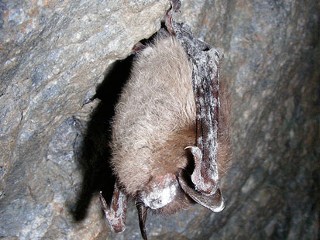
© Edmonton JournalA fast-spreading fungus that normally infects potatoes is wiping out tomato plants across Alberta this season, says a plant-disease expert
A fast-spreading fungus that normally infects potatoes is wiping out tomato plants across Alberta this season, says a plant-disease expert.
The airborne disease called late blight of potato --
the same organism that led to the Irish potato famine -- is rare in Alberta, said forensic plant pathologist Ieuan Evans. However, a "giant outbreak" of the potato disease is attacking tomato plants this season and causing hundreds of thousands of dollars in damage, Evans said Sunday.
"We've never had this strain in Alberta before -- it's a tomato strain of late blight and it's extremely virulent in tomatoes," he said. "On the prairies, the last time we had an outbreak of late blight of any consequence was 1993, when it went right through Edmonton, but that was a potato strain."
Gardener Katherine Shute spent Sunday afternoon clearing out the withered remains of her diseased fruit. She spent the summer caring for 36 tomato plants in the large garden behind her Riverdale home and they have all rotted.
"It's so heartbreaking," she said. "I always grow a lot of tomatoes. I either make spaghetti sauce, salsa or tomato sauce and freeze them or can them so they last me well into spring, and it's just really discouraging."
Shute first spotted brown blotches on her tomatoes in July. She thought the spots were caused by hail until a friend warned her about late blight and neighbours told her the disease is attacking Edmonton gardens this year.



